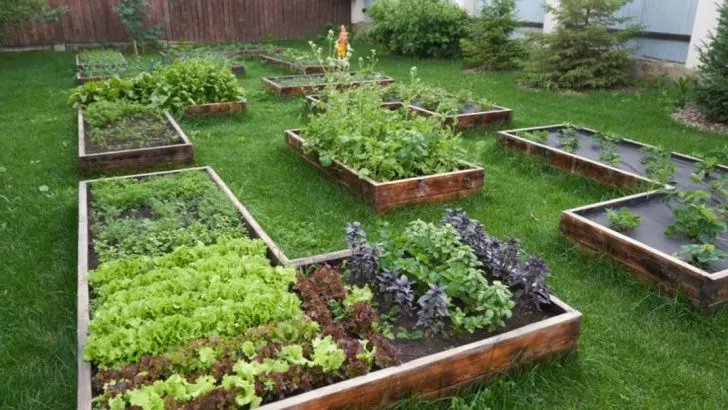Gardening success often lies in timing, and having a month-by-month plan can make all the difference. Whether you’re a seasoned grower or just starting your gardening journey, organizing tasks by season ensures you’re planting, pruning, and harvesting at the right time.
From preparing soil in the spring to winterizing your garden in late fall, this simple guide will help you master gardening all year long. Stay ahead of the seasons and make your garden thrive with this easy-to-follow month-by-month plan.
January – Planning and Preparation
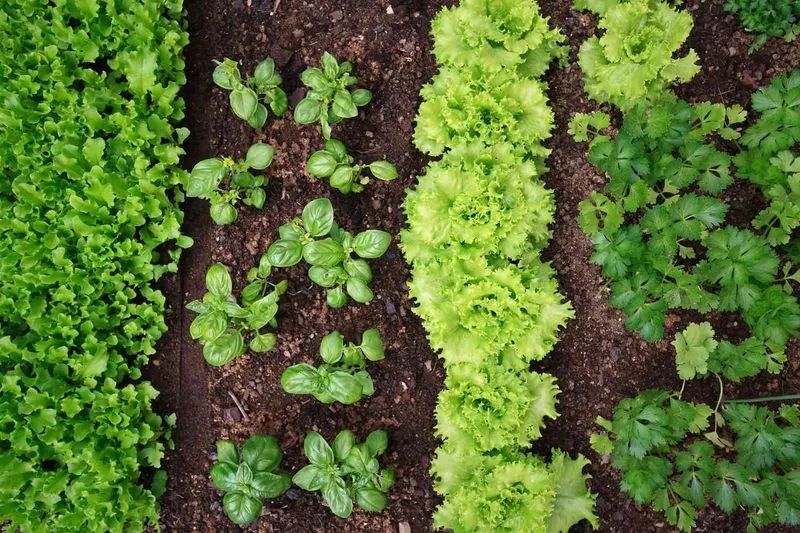
In the heart of winter, take time to strategize your garden layout and make crucial decisions. January is perfect for researching plants you wish to grow and ordering seeds. Consider factors like sunlight, soil type, and space requirements. Create a calendar marking key planting dates.
This preparation phase sets a solid foundation, ensuring you’re ready to spring into action. By planning ahead, you’ll avoid the rush and potential pitfalls come planting season. Take notes of past experiences to refine your approach. Engage with fellow gardeners online for fresh ideas and inspiration.
February – Soil Enrichment
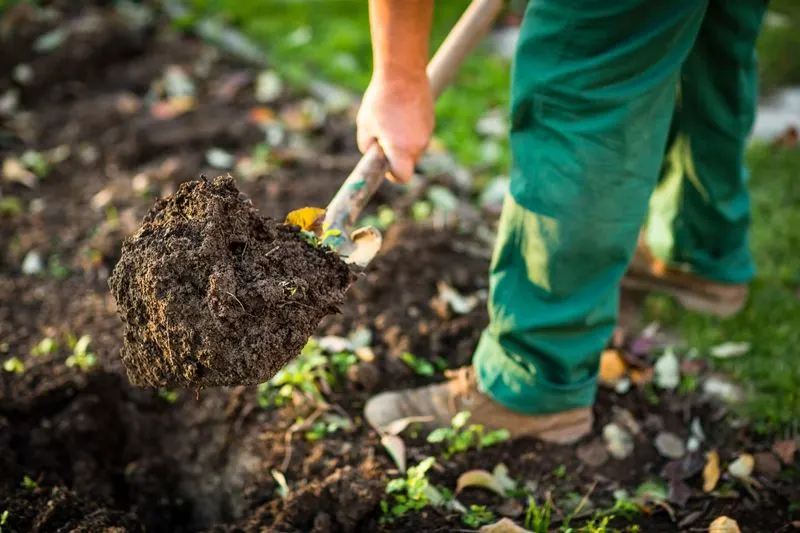
While the chill persists, focus on enriching your soil. February is ideal for composting and adding organic matter to your garden beds. If you haven’t already, start a compost bin with kitchen scraps and yard waste. By enhancing soil fertility now, plants will thrive when the growing season arrives.
Test your soil to understand its current nutrient levels and adjust accordingly with natural amendments. This groundwork ensures robust plant health and productivity. Moreover, begin indoor seed starting for plants that require longer growing periods. Use peat pots or seed trays for optimal results.
March – Seed Starting
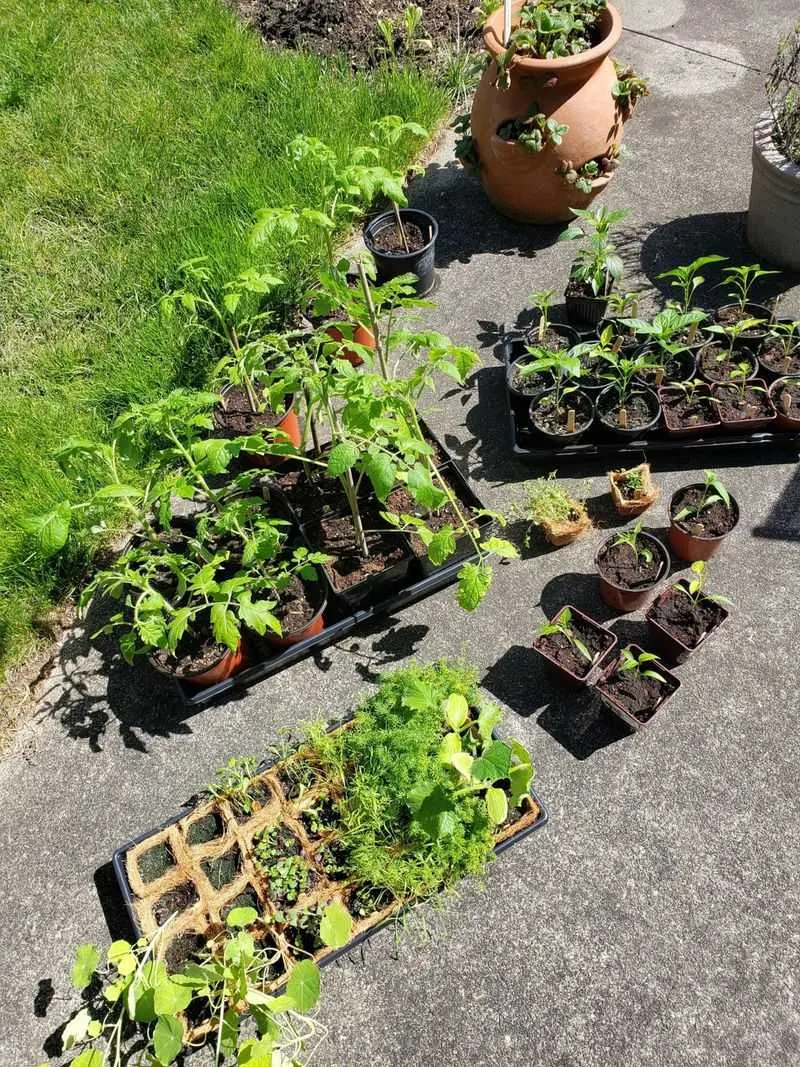
As spring approaches, it’s time to start seeds indoors. March provides the perfect opportunity for nurturing seedlings like tomatoes, peppers, and herbs. Choose a sunny windowsill or invest in grow lights to provide ample illumination. Keep soil consistently moist but not soggy.
Label each pot to track your seedlings’ progress. By starting seeds early, you’ll have strong plants ready for transplanting when the weather warms. This head start can result in an extended harvest period. Pay close attention to each plant’s specific needs, adjusting light and water as necessary.
April – Transplanting
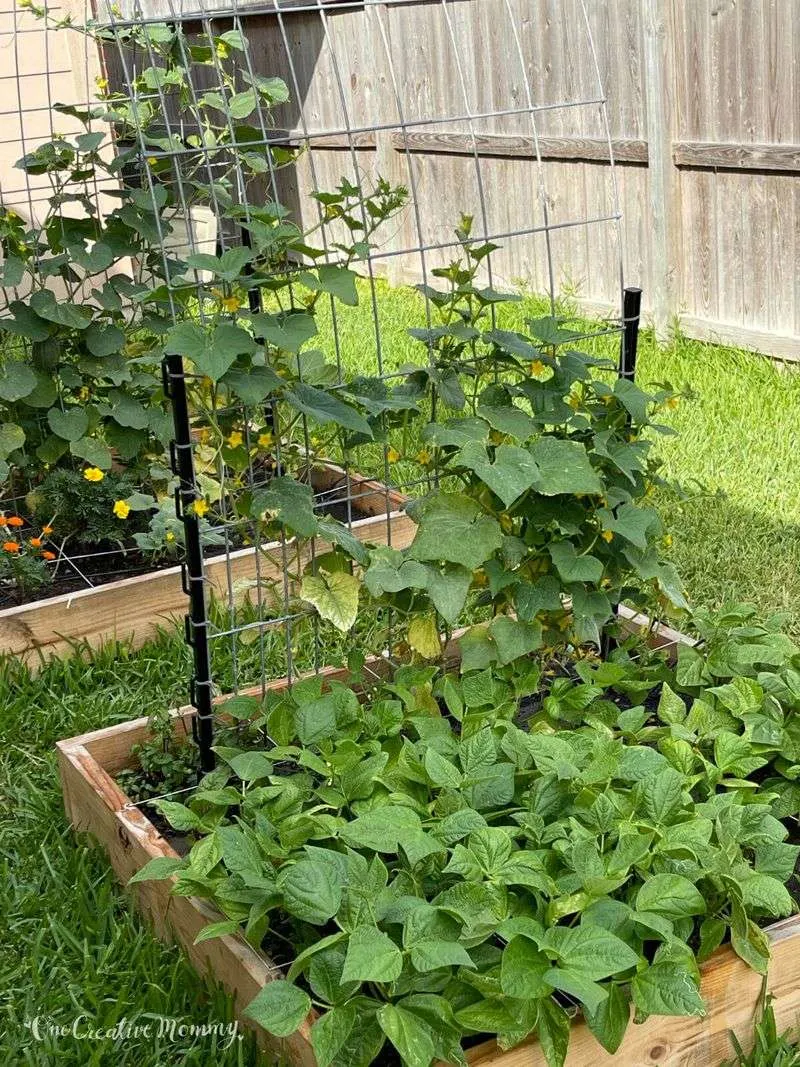
April marks the time to transplant seedlings into your garden. After weeks of indoor care, gradually acclimate plants to outdoor conditions through hardening off. Start by placing them outside for a few hours daily, increasing exposure over a week. When roots fill their containers, they’re ready for the ground. Choose a calm day to minimize transplant shock.
Carefully handle the roots, planting at the same depth they were grown indoors. Water thoroughly after planting. This careful transition will set up your plants for a robust growing season. Monitor for signs of stress.
May – Pest Control and Maintenance
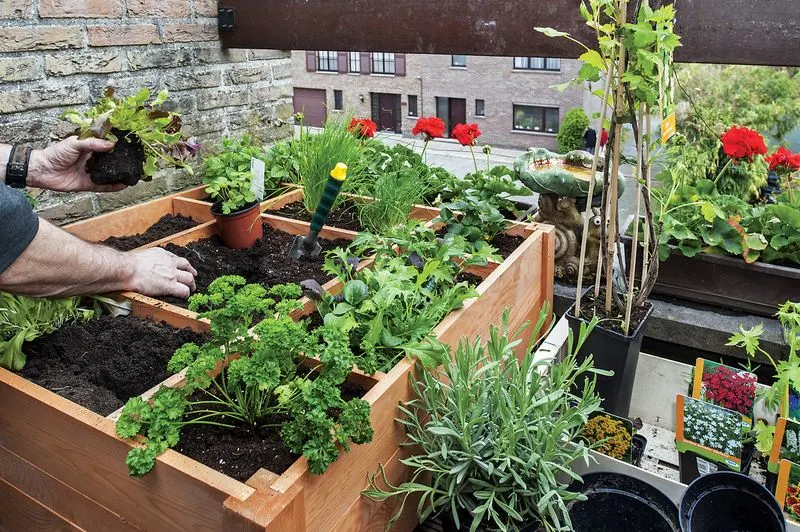
With warmer days, it’s time to focus on pest control and garden maintenance. Regularly inspect plants for signs of pests like aphids and slugs. Opt for organic pest control methods to protect beneficial insects. May is also ideal for mulching around plants to conserve moisture and suppress weeds.
Water deeply and consistently, especially during dry spells. As plants grow, provide necessary support, like trellises for climbing vines. These efforts will maintain plant health and yield. Stay vigilant, as early detection of issues can prevent widespread damage. Keep tools clean and sharp for efficiency.
June – Pruning and Deadheading
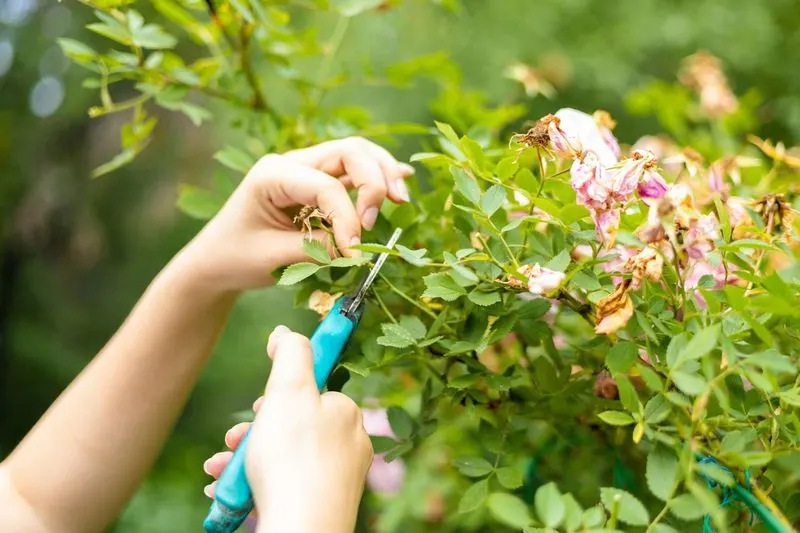
June invites you to prune and deadhead, encouraging healthy growth and more blooms. Carefully remove dead or diseased branches and spent flowers. This not only enhances appearance but also directs energy to productive parts of the plant.
Pruning helps prevent overcrowding, improving air circulation. Use sharp, clean tools to make precise cuts. Whether it’s roses or fruit trees, each species has unique pruning needs. Research accordingly to avoid over-pruning. Regular deadheading throughout the month prolongs flowering. Celebrate small wins as your plants respond with vitality and vibrancy.
July – Water Management
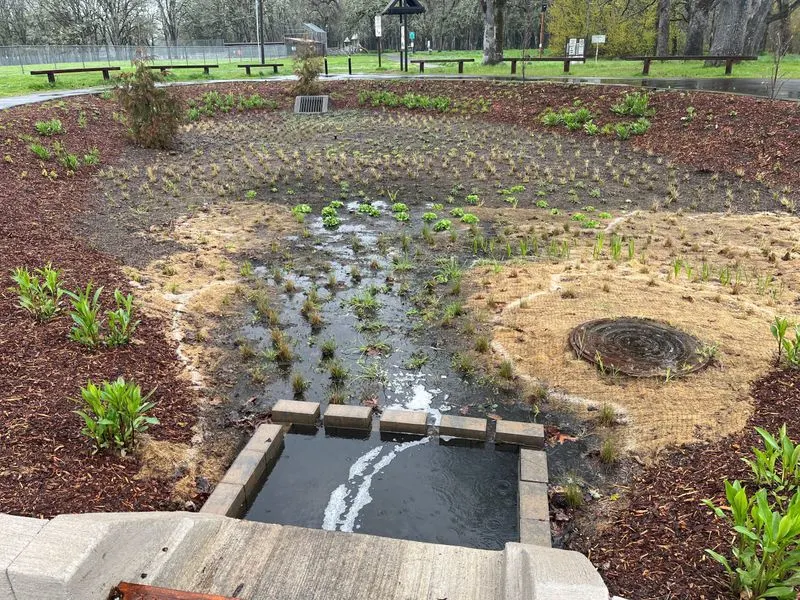
As summer peaks, mastering water management becomes crucial. Install a drip irrigation system for efficient watering, minimizing evaporation and conserving resources. Water early in the morning or late afternoon to reduce loss. Deep, infrequent watering encourages root growth.
Check soil moisture regularly, adjusting as needed based on weather conditions. Mulch remains vital, keeping roots cool and retaining moisture. By prioritizing water management, you’re promoting healthy, resilient plants. Monitor plants for signs of drought stress like wilting. Adjust watering schedules for different plant types to meet their specific needs.
August – Harvest Time
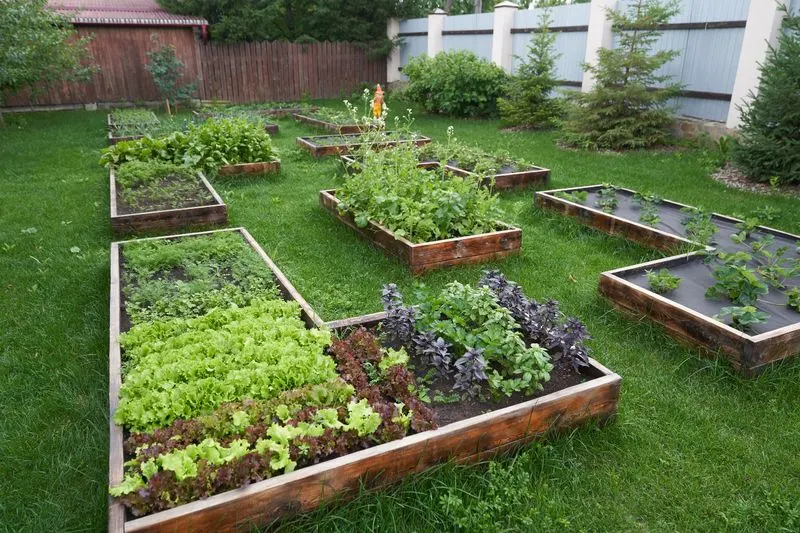
August rewards your hard work with a bountiful harvest. Regularly pick ripe fruits and vegetables to encourage continuous production. Enjoy the flavors of homegrown produce, experimenting with new recipes. Preserve excess harvest through canning or freezing.
Stay vigilant for signs of pests or disease, which can escalate in late summer. Continue to water and mulch as needed to support ongoing growth. Share surplus bounty with neighbors or local food banks. Document each plant’s performance to guide future planning. This month embodies the essence of gardening, culminating in a fruitful payoff.
September – Soil Care and Cover Crops
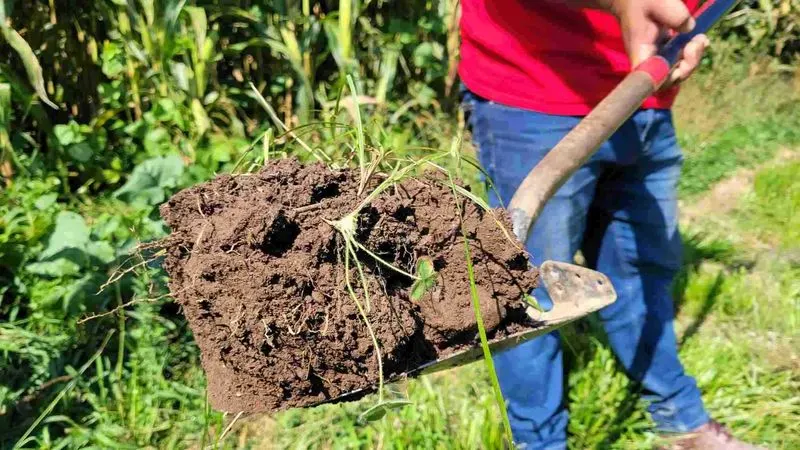
As summer fades, focus on soil care and cover crops. September is optimal for planting cover crops like clover or rye. These enrich the soil and prevent erosion over winter. As you clear spent plants, add organic matter to rejuvenate tired soil. Consider a soil test to amend specific deficiencies.
Cover crops also suppress weeds, setting the stage for the next growing season. This proactive approach maintains soil health, crucial for sustainable gardening. Plan fall garden tasks, like cleaning and storing tools. Reflect on the season’s successes and areas for improvement.
October – Bulb Planting and Cleanup
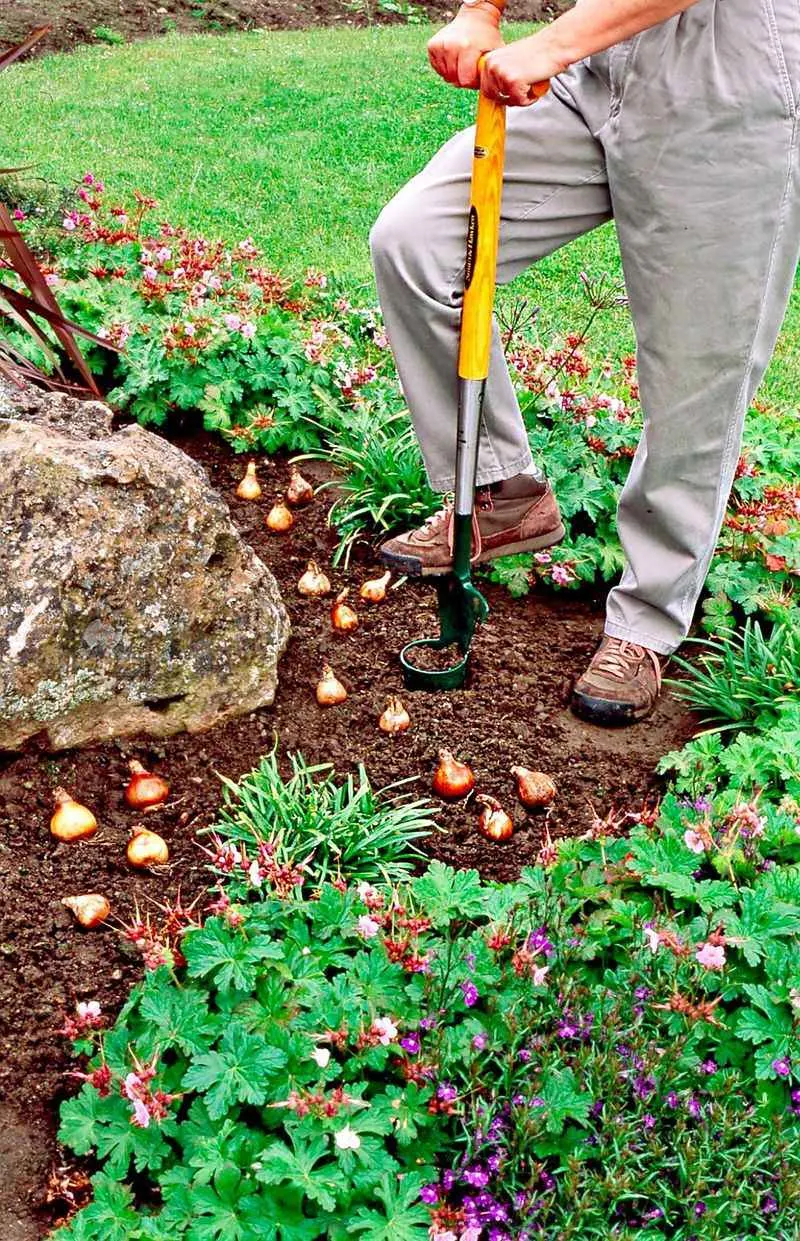
October is perfect for planting bulbs and garden cleanup. Envision spring blooms as you plant tulips, daffodils, and hyacinths. Choose well-drained locations, planting bulbs at the recommended depth. Clean up spent plants and debris to deter pests and diseases.
This tidying also prepares the garden for winter. Divide and replant perennials to invigorate growth next year. Protect tender plants with mulch or coverings. Enjoy the last days of outdoor work, embracing the garden’s seasonal rhythm. As temperatures drop, savor the anticipation of spring’s vivid renewal.
November – Tool Maintenance and Planning
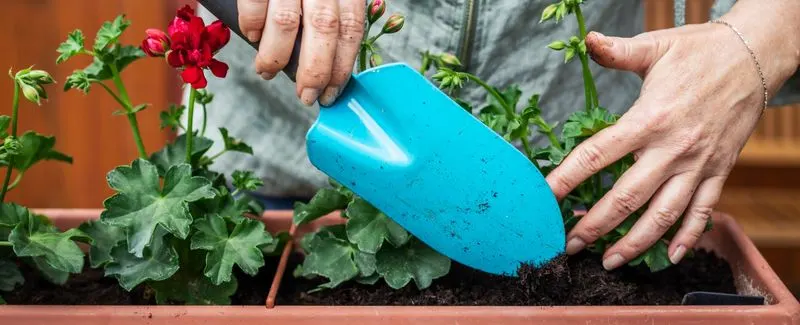
With the growing season winding down, it’s time for tool maintenance and planning. November invites you to clean, sharpen, and store tools, ensuring they’re ready for next year. Proper care extends their lifespan, enhancing performance.
Reflect on the past season, noting what worked well and what didn’t. Start drafting plans for next year’s garden, considering new plant varieties or layouts. Engage with gardening communities online for tips and support. This period of reflection and preparation sets a positive tone for the upcoming cycle. Enjoy the pause, dreaming of spring.
December – Indoor Gardening and Learning

In December, shift focus to indoor gardening and learning. Houseplants add greenery and improve indoor air quality. Experiment with different plants like succulents or ferns, adjusting care routines based on indoor conditions. Explore gardening books or online courses to expand knowledge. This indoor phase provides a gardening fix during colder months.
Reflect on the year’s lessons, setting goals for the next growing season. Enjoy nurturing plants in a controlled environment, free from outdoor stressors. Embrace the quieter pace, appreciating nature’s adaptability. Cherish the indoor garden’s tranquility and its soothing impact.

